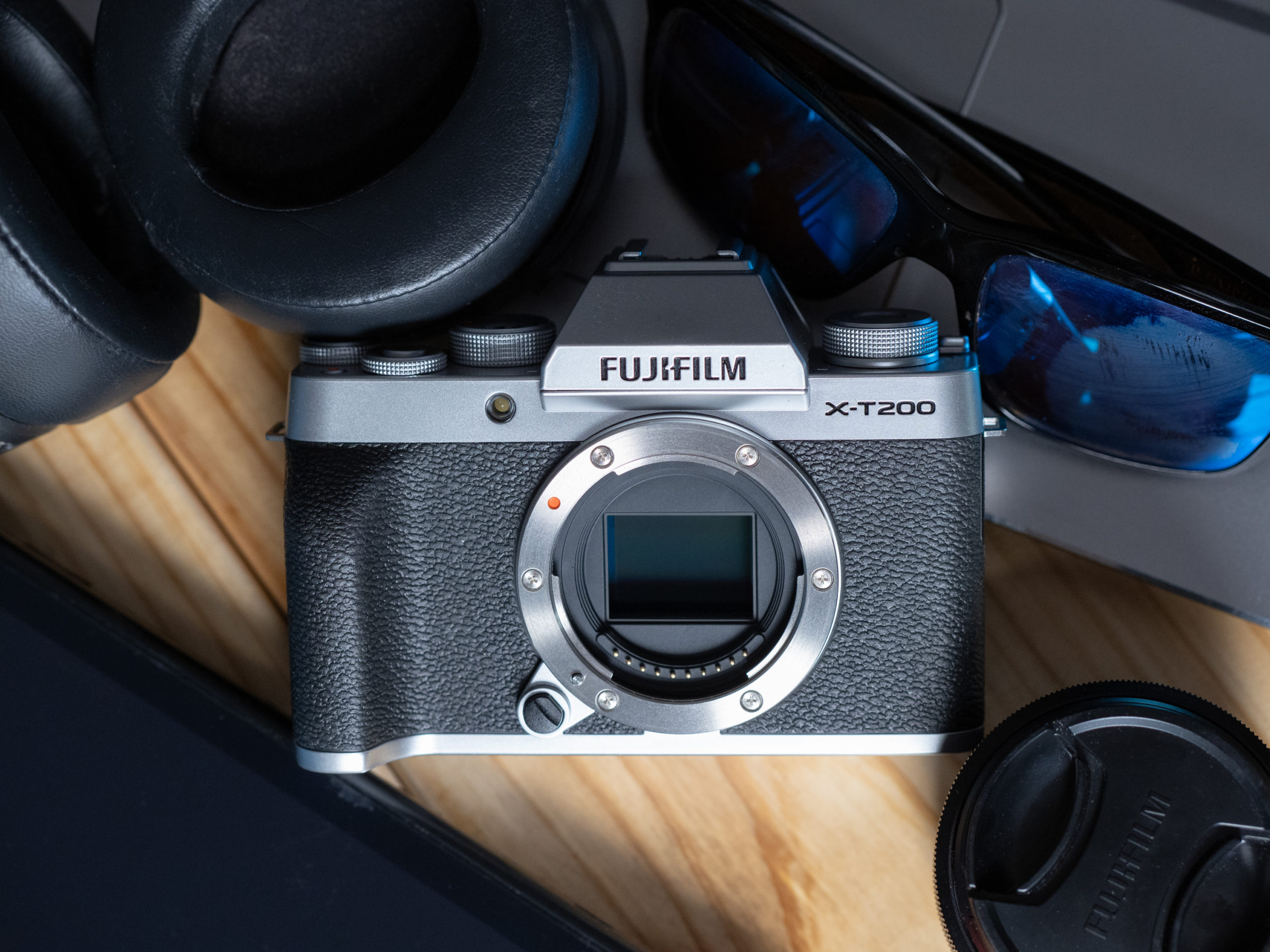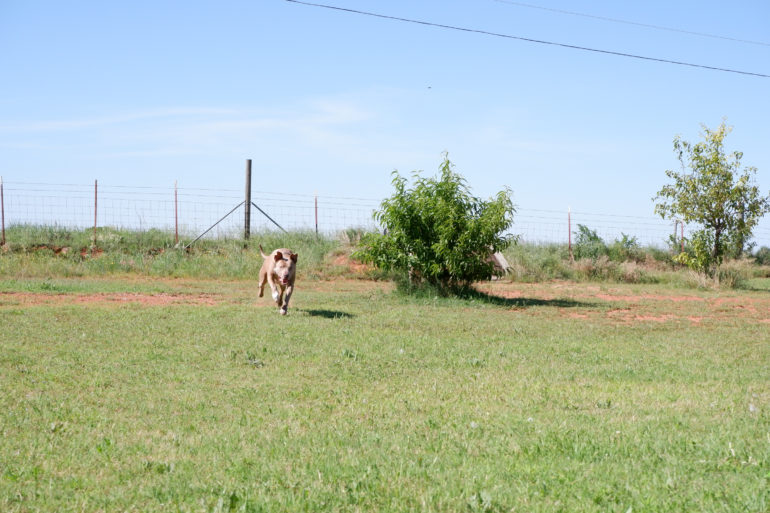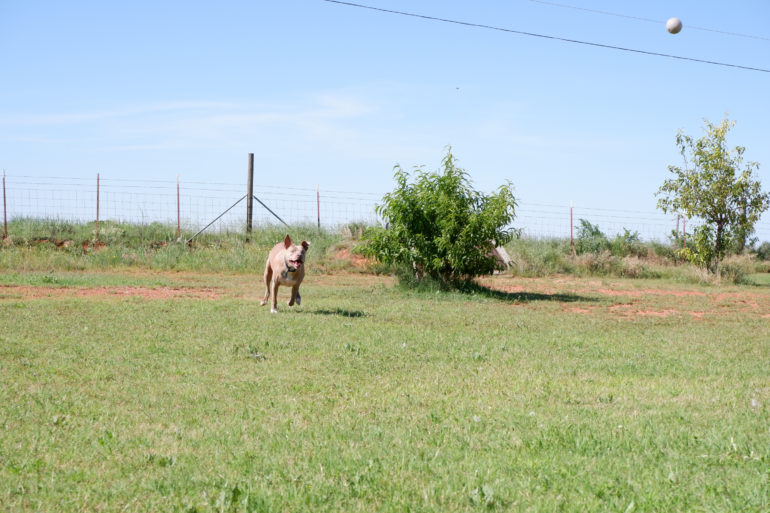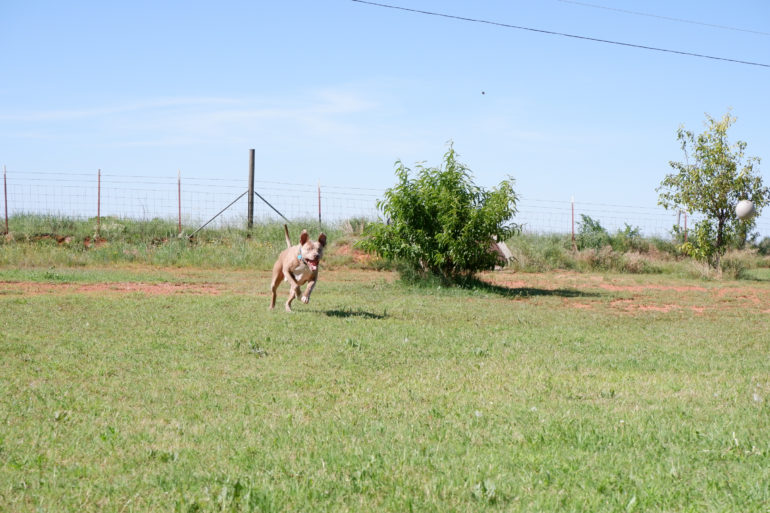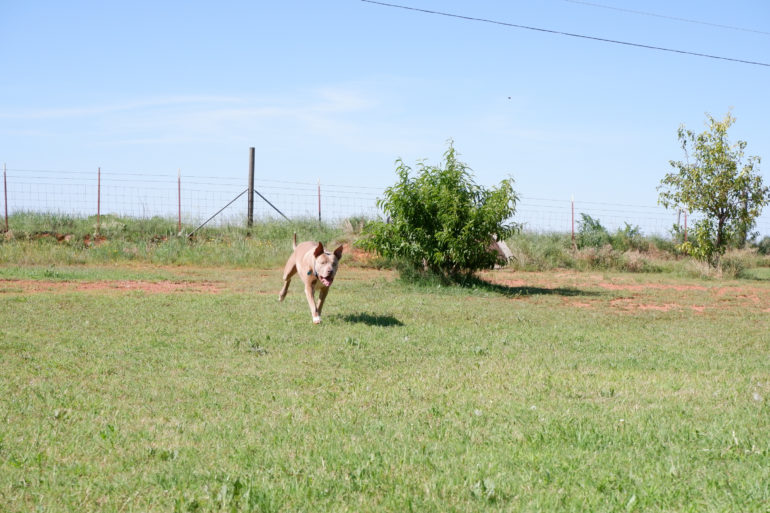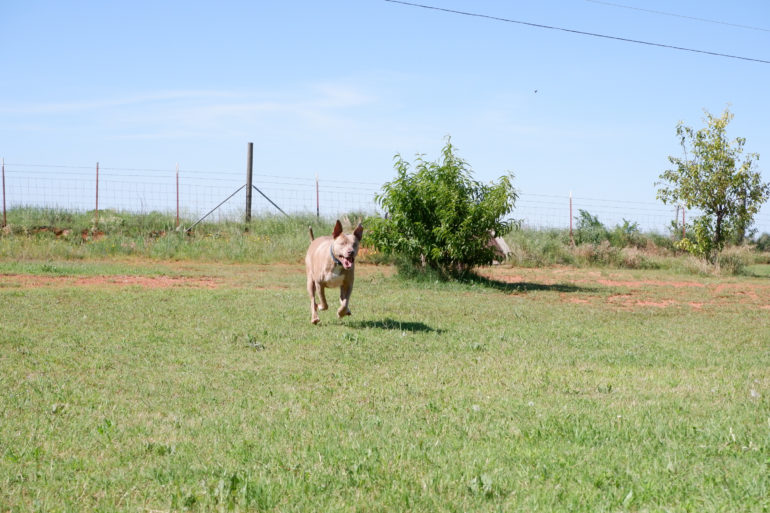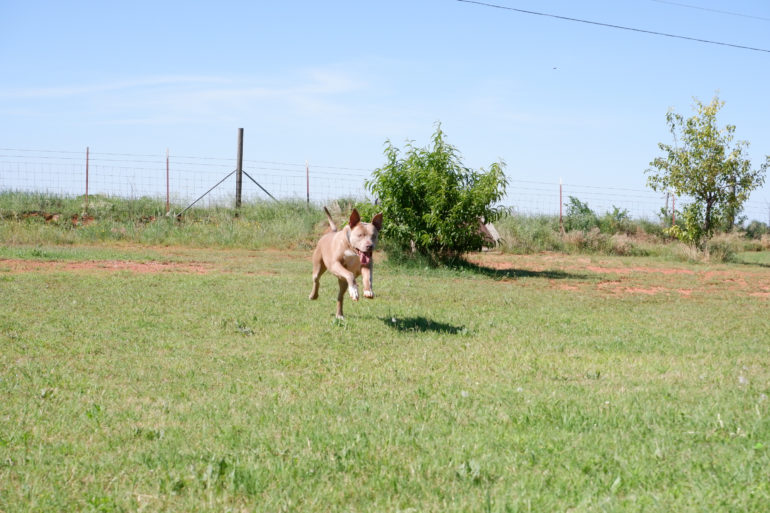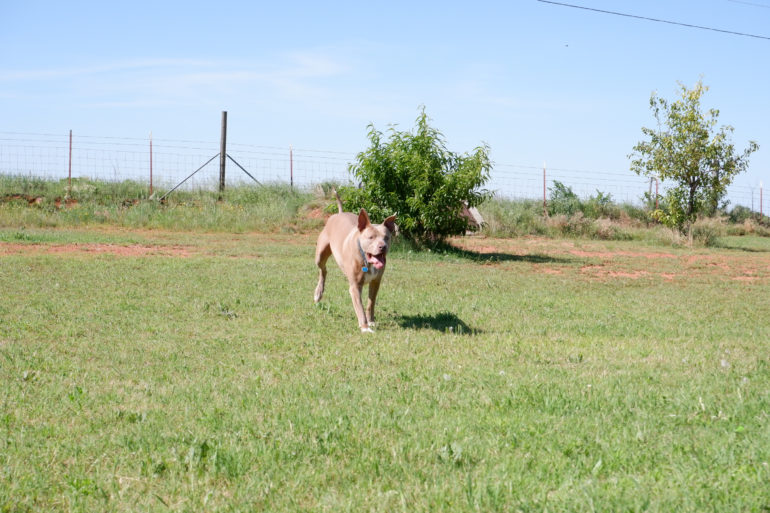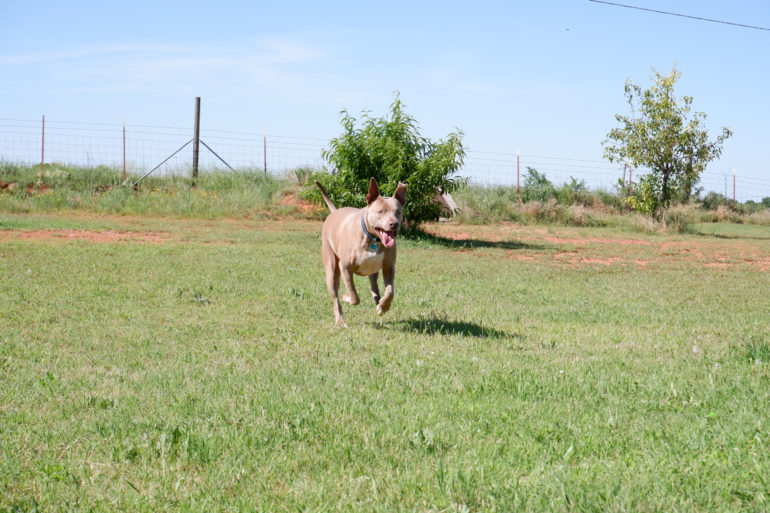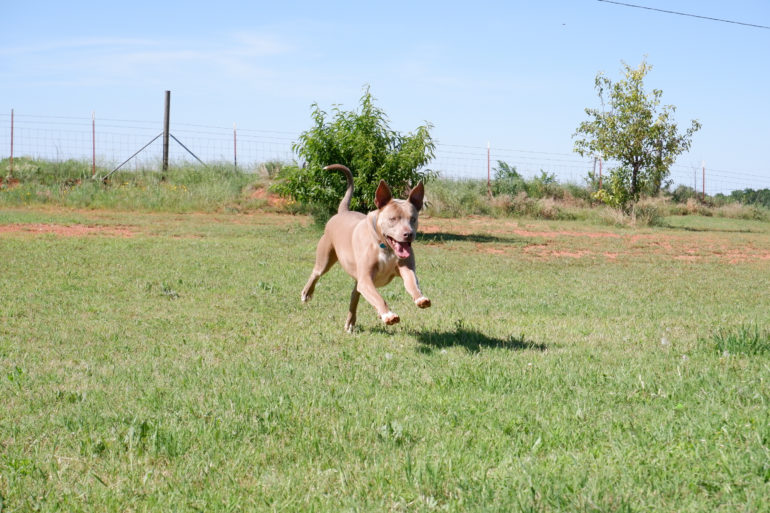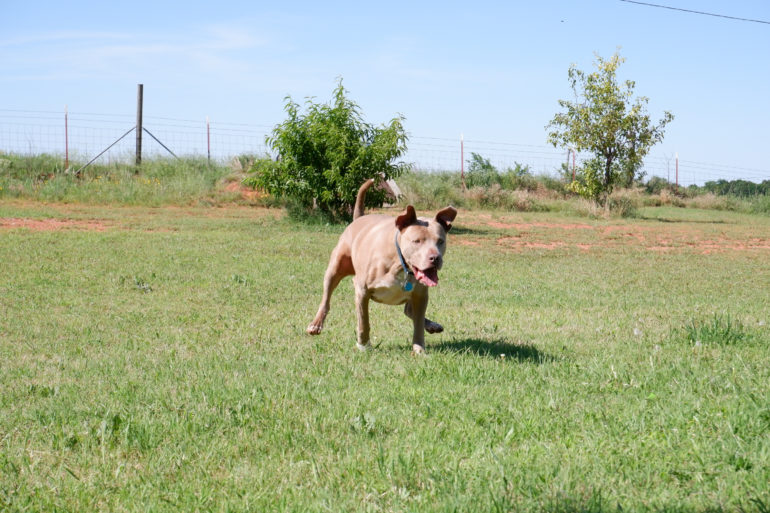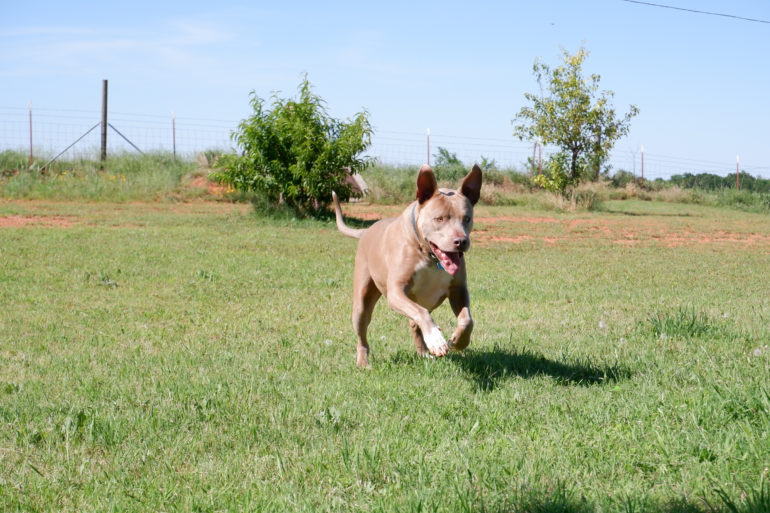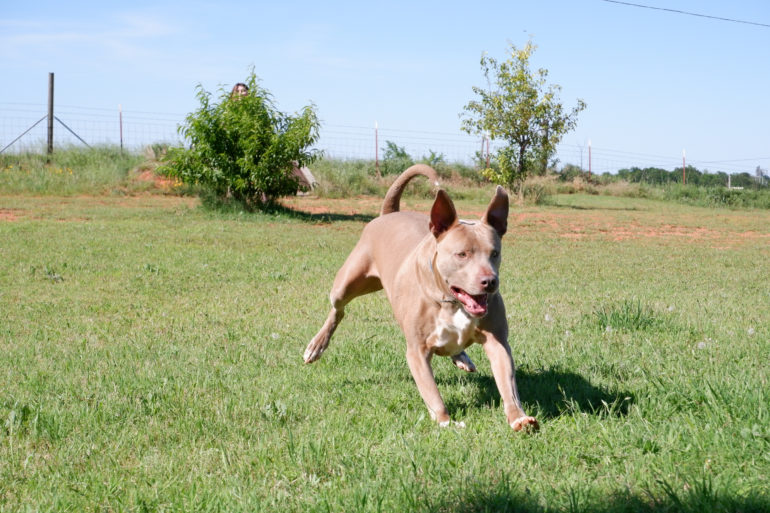Last Updated on 06/06/2020 by Mark Beckenbach
The Fujifilm X-T200 is a fun camera that will appeal to newbies more than anyone else. But if you love shooting for the JPEG, you might want to take a look at it too.
Camera companies are doing all they can to stem the onslaught of smartphones and their cameras, and up until recently, they haven’t been doing a great job. Times are changing, though, and recent entry-level cameras from Sony (the a6100) and Olympus (the E-PL10) are starting to pull mobile photographers away from their phones. The original X-T100 from Fujifilm was a swing and a miss, but Fujifilm has been hard at work to make sure the X-T200 doesn’t fall short like its first entry-level camera did. We’ve been putting the Fujifilm X-T200 through its paces over a few weeks, and now it’s time to share our findings. Is the camera good enough to pry photographers from their phones? Find out in our full review.
Table of Contents
Pros and Cons
Pros
- A beautiful, elegant design which mixes old and new elements
- Outstanding image quality
- Versatile RAW files
- Excellent high ISO performance
- You can shoot JPEGS all day long and will be nothing but happy
- The touchscreen and touch controls are some of the best on any camera (they’re really that good)
- The high-resolution LCD is also a full flippy screen
- The Fujifilm X-T200 has good battery life
- Lots of 4K video options for those that need it
- It’s just $599 ($799.95 w/kit lens)
Cons
- Only one UHS-1 SD card slot
- No Acros film simulation due to no X-Trans sensor
- A few focusing issues, but nothing crazy
- The touchscreen is a little too sensitive
- The buffer fills quickly due to the speed of the UHS-1 cards
- The camera is unusable for over a minute while the buffer clears
- Shutter maxes out at 1/4000 sec. Why, Fujifilm? There’s no need for this
Gear Used
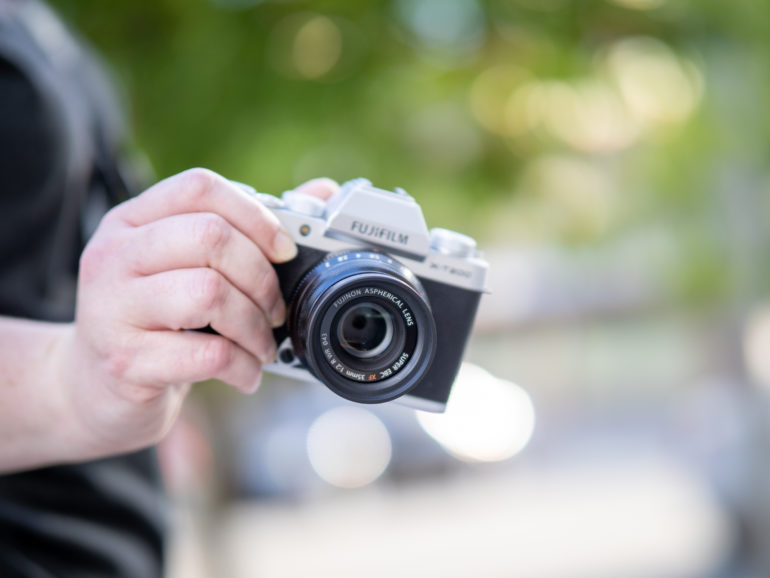
We used the Fujifilm X-T200 with the XC15-45mm f3.5-5.6 OIS and the XF 35mm f2.
Tech Specs
All of the technical specifications have been taken directly from the official Fujifilm website.
- Number of effective pixels: 24.2 million pixels *1
- Image sensor: 23.5mm x 15.7mm (APS-C) CMOS
- Storage media SD Card (-2GB) / SDHC Card (-32GB) / SDXC Card (-256GB) UHS-I *2
- Still image: JPEG (Exif Ver 2.3) *3 / RAW (RAF format) / RAW+JPEG
- Movie Movie File Format: MPEG-4
- Movie Video Compression: H.264
- Audio: Linear PCM Stereo
- Lens mount: FUJIFILM X mount
- Standard output sensitivity AUTO 1, AUTO 2, AUTO 3, ISO200-12800 (1/3 step)
- Extended output sensitivity ISO100 / ISO25600 / ISO51200
- Exposure control TTL 256-zone metering, Multi / Spot / Average
- Exposure compensation -5.0EV – +5.0EV, 1/3EV step
- (movie recording : -2.0EV – +2.0EV)
- Face / Eye detection AF Yes
- Mechanical Shutter 4 sec. to 1/4000 sec.(P mode), 30 sec. to 1/4000 sec.(Other modes)
- Bulb mode: (up to 60 min),
- Electronic Shutter *4 4 sec. to 1/32000 sec.(P mode), 30 sec. to 1/32000
- Mechanical + Electronic Shutter 4 sec. to 1/32000 sec.(P mode), 30 sec. to 1/32000
- Synchronized shutter speed for flash 1/180 sec. or slower
- Continuous shooting Approx. 8.0 fps
- Approx. 4.0 fps
- Self-timer 2sec. / 10sec. / Smile / Buddy (LV.1 – LV.3) / Group (1-4 subjects) / Face Auto Shutter
Flash Manual pop-up flash (Super Intelligent Flash) - Viewfinder 0.39-in., Approx. 2,360K-dot OLED color viewfinder,
- LCD monitor 3.5inch, aspect ratio 16:9, approx. 2,760K-dot vari-angle type, TFT color LCD monitor
Movie recording 4K (3840 x 2160):
29.97P/25P/24P/23.98P Continuous recording: up to 15 mins - Film Simulation mode 11 types (PROVIA/STANDARD, Velvia/VIVID, ASTIA/SOFT, CLASSIC CHROME, PRO Neg Hi, PRO Neg. Std, MONOCHROME, MONOCHROME+Ye FILTER, MONOCHROME+R FILTER, MONOCHROME+G FILTER, SEPIA)
- Encryption WEP / WPA / WPA2
- Bluetooth and Wi-Fi
- Standard Bluetooth Ver.4.2 (Bluetooth low energy)
- Digital interface USB Type C (USB 3.1 Gen1)
- HDMI output HDMI Micro connector(Type D)
- Microphone/remote release connector ⌀3.5 mm 3-pole mini-jack
- Dimensions 121.0(W) mm x 83.7 (H) mm x 55.1(D) mm / 4.8 in.(W) x 3.3 in. (H) x 2.2 in. (D)
- Weight Approx. 370g / 13. oz. (including battery and memory card)
- Battery life for still images *5 Standard: Approx. 270 frames
- Economy: Approx. 450 framesActual battery life of movie capture *5 4K30P: approx. 55 min.(29.97p), Full HD: approx. 60 min. (59.94p)
“I have to give props to Fujifilm and their design team; the X-T200 feels really good in the hand. All of the controls are well placed, and most are easy to reach with just one hand.”
Brett Day – Gear Editor
Ergonomics
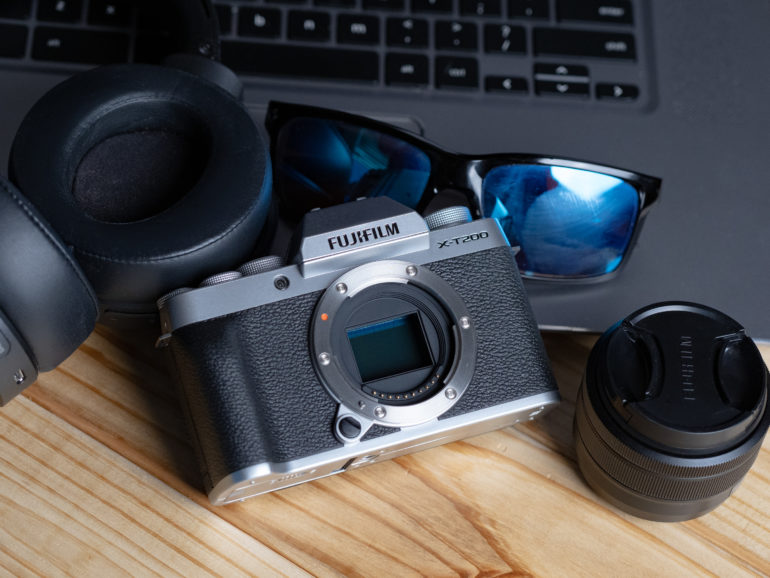
The Fujifilm X-T200 pleasantly surprised me. I have not always been a fan of Fujifilm ergonomics, and I have always struggled somewhat to hold their cameras comfortably, so I was shocked when one of their smallest cameras was comfortable for me to hold. You can see in the above image that the grip is nicely pronounced, and you can also see the textured grip, which is pleasant to hold as well. The camera has a minimalist design, and that’s okay as it adds to the charm. The front of the camera is nice and clean; it reminds me of vintage cameras.
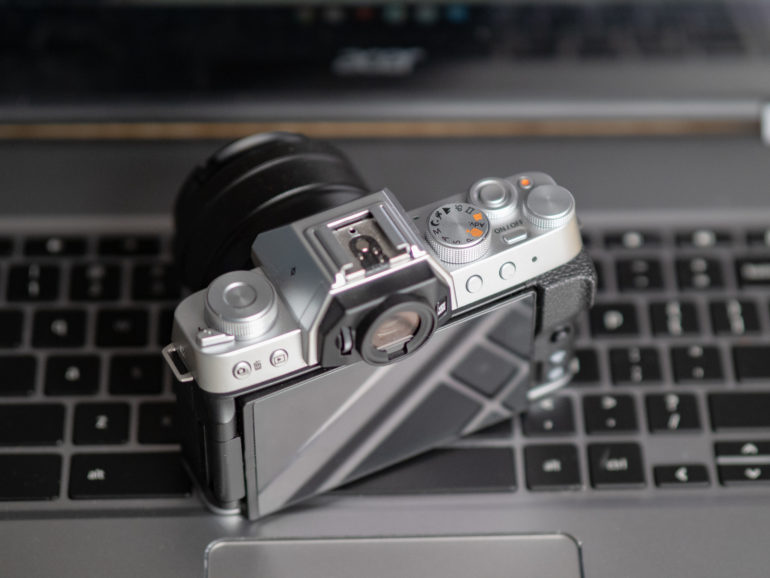
The beautiful clean look of the camera continues as you look at the top and back of the camera. The top panel sports just a few dials. On the far left, you will see the film simulation selector, and next to it, the control, which looks like an old film advance lever pops up the built-in flash. Underneath the dial, you will find the drive mode control and the playback button.
To the right of the hot shoe, you’ll find the mode dial, the shutter speed selector, the shutter button and aperture control dial, the video record button, and the on/off switch. Beneath those controls, you’ll find two custom function buttons.
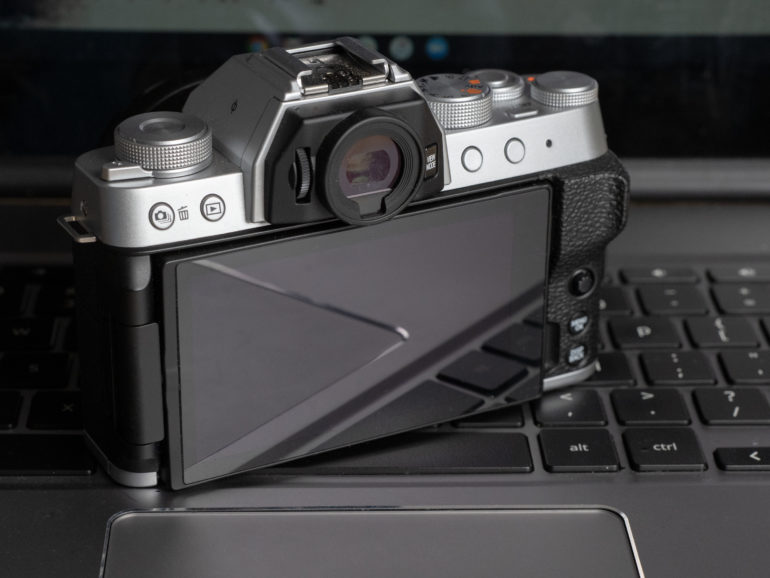
The back of the Fujifilm X-T200 is dominated by the colossal 3.5-inch, fully articulating LCD. The screen is really what this camera is all about, so Fujifilm made it the star of the show here. On the right of the screen, you will find a joystick, which you can use to scroll through the AF points and the menu system, the main menu button, and a back/info button. You can also see that the Fujifilm X-T200 is a pretty huge EVF for a camera of this size.
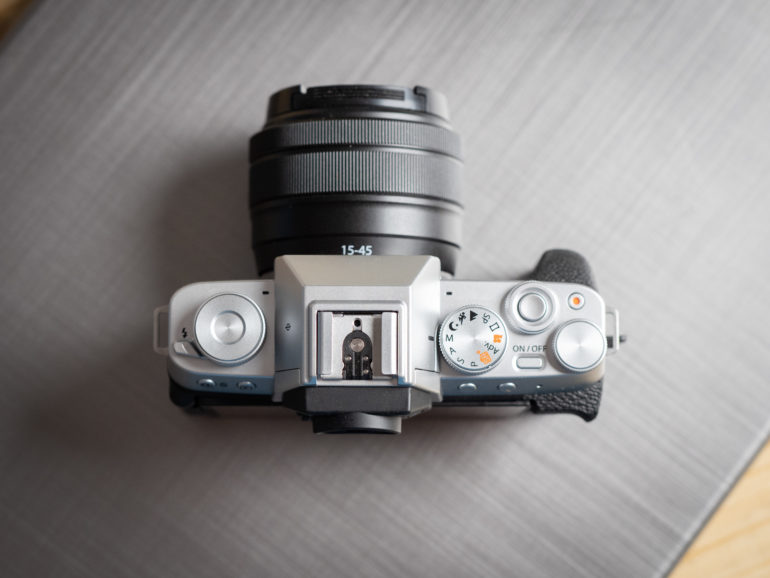
This top-down view of the X-T200 shows the grip, and the thumb rest just on the back of the camera. I have large hands, but I have to give props to Fujifilm and their design team; the X-T200 feels really good in the hand. All of the controls are well placed, and most are easy to reach with just one hand. I really wish the two buttons on the top left were placed alongside the screen. If Fujifilm had done that, the X-T200 could have been controlled with just one hand at all times.
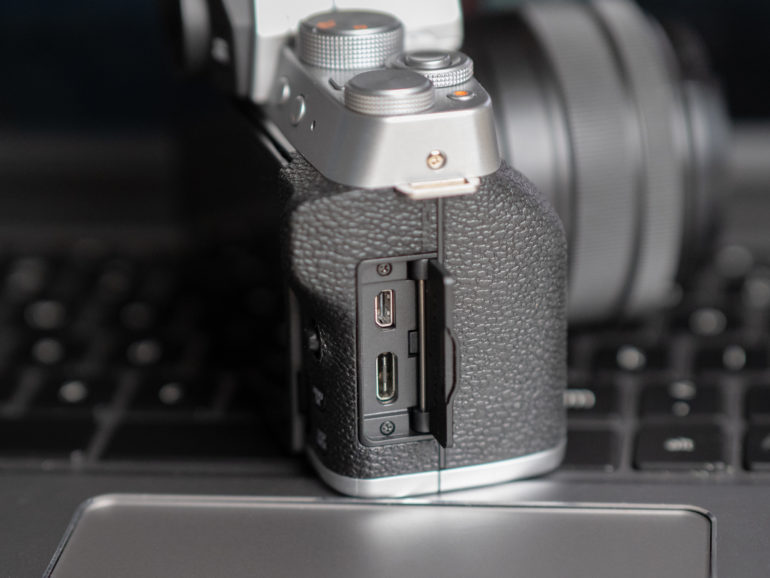
In terms of connections, you’re not going to find much. On the right-hand side (pictured above), you will find a mini HDMI port and a USB-C connector, which is mainly used for charging and data transfer. On the left of the camera under a tiny flap, you’ll find a 3.5mm mic jack. It’s a little odd that the Fujifilm X-T200 doesn’t have a dedicated headphone jack seeing as part of its target audience is vloggers; you can get around this though with a supplied adapter that plugs into the USB-C port.
Overall you’re going to find that there’s nothing to complain about with the Fujifilm X-T200 from an ergonomic standpoint. Not only does the camera feel good in the hand, it also looks fantastic thanks to its tip of the hat to vintage cameras. You’re reminded that you’re using new tech thanks to the huge LCD screen, but the old and new design features work well together.
“The faux leatherette covering goes a long way to making the camera feel a little more premium than the X-T200 really is.”
Brett Day – Gear Editor
Build Quality
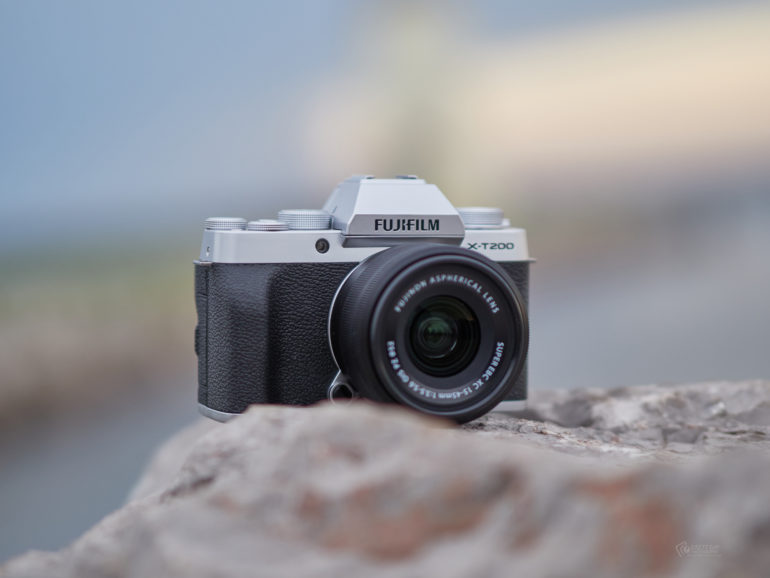
The Fujifilm X-T200 is not a premium camera, and as such, it does not feel like a premium camera. That’s not to say that the X-T200 feels bad or cheap, though, because it doesn’t. The entire body of the camera is predictably plastic, but it’s of pretty high quality. The faux leatherette covering goes a long way to making the camera feel a little more premium than the X-T200 really is. The plastic dials feel nice and robust, the buttons give nice tactile feedback when pushed, and the joystick feels sure-footed too. The plastic nature of this camera helps keep its weight down as well. The Fujifilm X-T200 weighs just 0.81lbs (370g) with the battery and memory card installed.
The Fujifilm X-T200 does not have any weather sealing, which is a pity. I know manufacturers omit features like this and keep them for their more premium offerings, but I feel like we’re at a point where adding a few gaskets and seals should be the norm now, especially when companies like Fujifilm are going after smartphone users with these cameras. Most smartphones are waterproof these days, and it’s time for cameras to join them. The camera, overall, feels well built, and I have no doubt that it could survive the rigors of daily use. If you don’t throw this camera around and if you avoid rain and snow, it’ll be okay.
“Perhaps the most impressive feature in regards to the touchscreen (for me, at least) is that you can navigate the main menu system with touch as well. It’s an absolute joy to be able to do that. Why, in 2020, this is not the norm is beyond me.”
Ease of Use
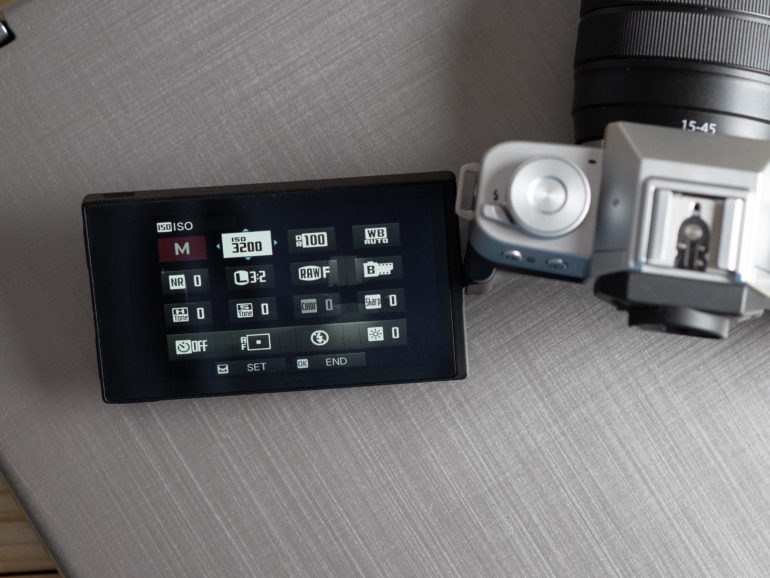
The Fujifilm X-T200 is a pure joy to use: a breath of fresh air, I would say. As you see in the picture above, the Fujifilm X-T200 has a gigantic 3.5-inch touchscreen LCD. This feature alone will help Fujifilm shift a lot of units. If the X-T200 will be your first traditional camera, and if you’re used to shooting with a smartphone, you will feel right at home.
Almost every single control function can be controlled via the touchscreen, so if you’re not a fan of physical controls, you’re in for a treat. In the image above, you can see the main Q menu, which gives you access to almost all of the settings you will need to worry about. ISO, film simulations, white balance, self-timer, file selections: it’s all there. A simple tap and swipe, and you’re off to the races. If you prefer to mix touch and physical controls, you can select the parameter to change, and then turn the shutter speed dial to change the settings.
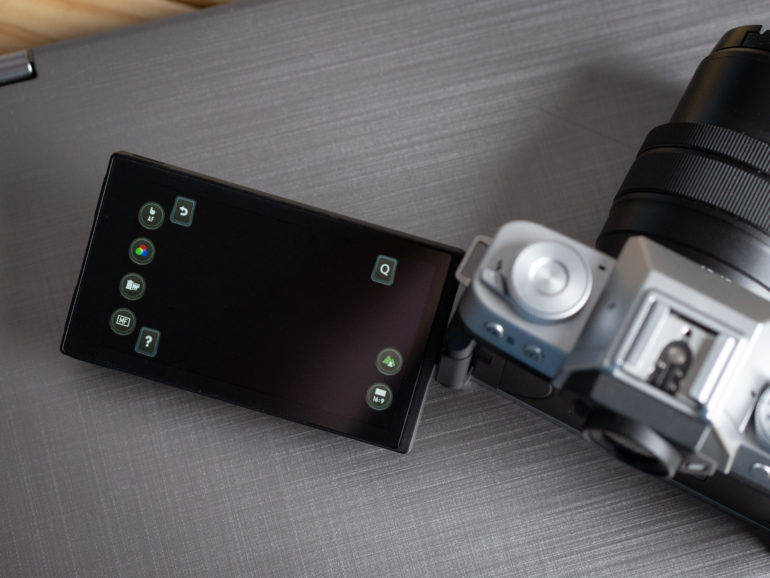
The screen above is another example of how Fujifilm is trying to cater to the touch generation of users. This simple, elegant touch interface allows you to change white balance, the screen modes (touch to focus, touch to shoot), film simulations, aspect ratios, and more. I will say, though, that the screen is a little sensitive; if you’re not careful, you can change the settings without realizing it. While I was out shooting one day, the aspect ratio was changed from 3:2 to 16:9 without me being any the wiser (until I got home and imported the photos).
Perhaps the most impressive feature in regards to the touchscreen (for me, at least) is that you can navigate the main menu system with touch as well. It’s an absolute joy to be able to do that. Why, in 2020, this is not the norm is beyond me.
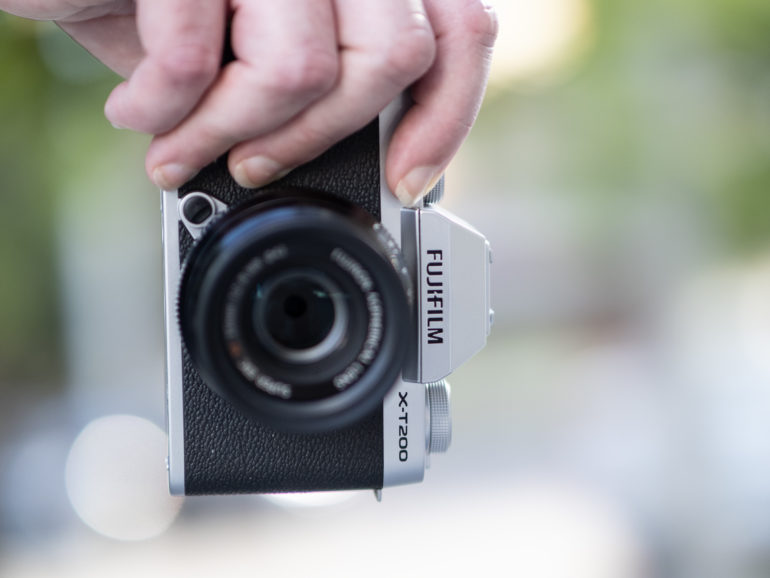
Out in the field, the Fujifilm X-T200 is a fun camera to use. Whether you want to shot with the specialty modes that set the camera up for certain types of shots (portraits, night, fireworks, sunset, snow, beach, flowers, etc.), or you want to be in full control, you’ll have fun using this camera. It’s all thanks to the gorgeous screen and excellent EVF. The dial which controls the film simulations is also fun to use. You don’t have to dig through the menu to find the film sim you want; just twist the dial, and you can see what the film sim will look like right on the screen.
The camera’s weight and small size mean you won’t hesitate to take it with you every time you go out. The fast burst modes (up to 8fps) will let you capture some fast-moving subjects with ease. And the battery life will please you too: I was able to get close to 400 shots on a full charge.

There are some downsides to the X-T200, though. The one card slot accepts UHS-1 cards only. Again this is a little odd seeing as a big selling point of this camera are the numerous 4K video options. From a photography standpoint, it means that you will fill the buffer up pretty quickly if you shoot a lot of bursts. When shooting both RAW and JPEG to the card, you will manage to snag 14 images before the buffer fills, and then, you will have to wait over a minute before the camera becomes usable. This performance was quite disappointing
Charging the battery also seems to take forever. Included in the box is a USB -C cable that you can attach to a phone brick, but there is no dedicated charger included. The slow charge time means I would recommend carrying two batteries with you, especially if you chimp a lot, or plan on taking a lot of pictures. There is absolutely no reason for Fujifilm to max out the shutter speed at 1/4000 sec either: just stop with that nonsense already. Apart from a few minor quibbles, the X-T200 is a delight to use.
“The average user of the Fujifilm X-T200 will find the autofocus system more than capable in most situations.”
Brett Day – Gear Editor
Autofocus Performance
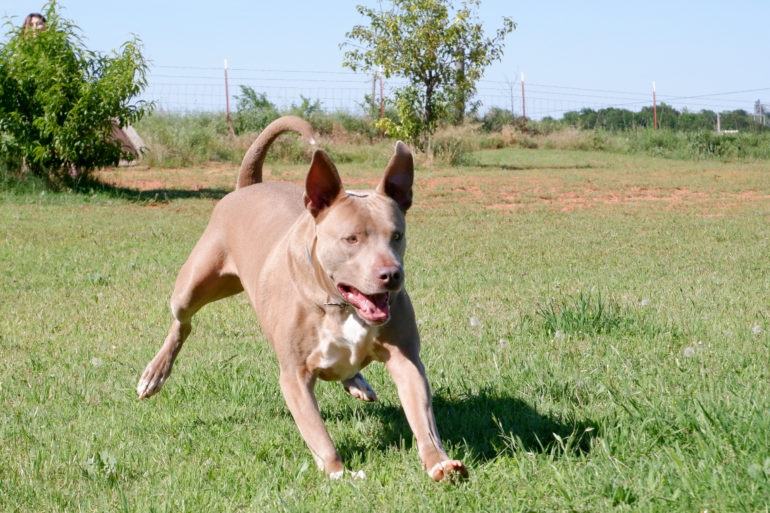
The Fujifilm X-T200 has a good autofocus system. It features 425 phase and contrast-detect autofocus points, and for the most part, you’ll have no issues with how this camera performs. I ran into some small issues with the included kit lens where the camera would refuse to focus for a few seconds, but this was a lens issue and not a camera issue (when I switched out to the XF 35mm f2 the camera had zero issues). Focus is generally acquired quickly in great light; you will experience a little hunting in low light, but not so much that you’ll get frustrated. The average user of the Fujifilm X-T200 will find the autofocus system more than capable in most situations.
Eye AF and Face Tracking
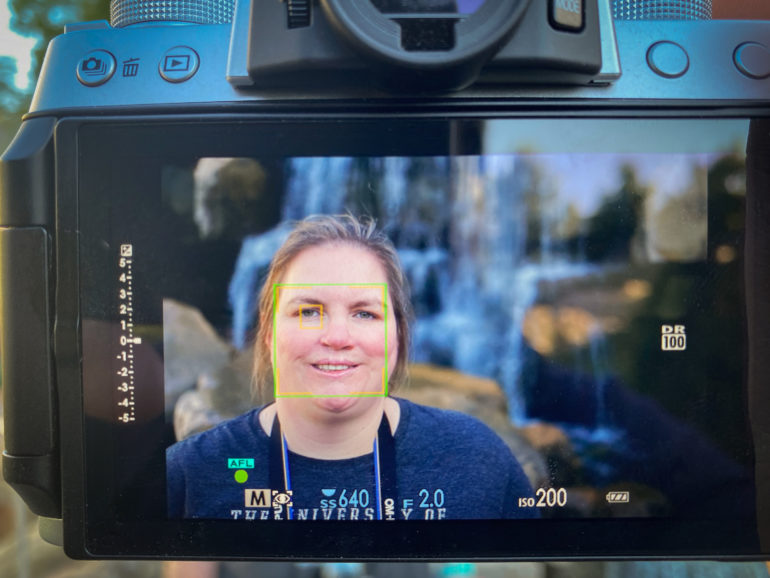
Eye autofocus and head tracking are here in the Fujifilm X-T200, and it works pretty well. Is the implementation as good as the eye AF on more expensive models? No, but it’s reliable. As long as you are close enough to your subject (my wife here was 5-6ft away from me in this image), the XT200 will track well. It’s easy to activate, and you can choose auto mode or left/right eye priority. For casual portrait shooters, it will be just fine.
Tracking
The Fujifilm X-T200 does pretty well when it comes to tracking. For the sequence above, I set the camera to continuous focus and selected 9-AF points. Out of the 12 images above, my dog, Austin, is in focus in 10 of the photos. Not too shabby at all for an entry-level camera. Overall, the Fujifilm X-T200 features a good autofocus system that will have your back in just about any situation. For the casual shooter who is stepping up from a smartphone, this system will be great.
“If you want a camera that you can just pick up, use, and revel in the glory of delicious JPEGs, this may be the camera for you.”
Brett Day – Gear Editor
Image Quality

The 24.2MP (non-X-Trans) sensor is capable of delivering some beautiful images. You’ll get colors that pop, images that are rich in detail, and excellent high ISO performance. You’ll get very versatile RAW files and JPEGS that sing. The 24 Megapixels this camera offers up is more than enough for most photographers, and in the right hands this camera will not let you down. Let’s break the image quality down a little further.
RAW File Versatility

The RAW files from the Fujifilm X-T200 are pleasant to work with. I purposefully over- and underexposed images to see just how far the files could be pushed and pulled. I was not disappointed. You can recover a lot of details in highlights, and you can pull out a ton of detail from the shadows. Of course, you can also apply Fujifilm film simulations to your RAW files directly from Lightroom and Capture One Pro as well, which will allow you to save a bit of time during post if so desired. You can see the image above was poorly exposed, but as the picture below shows, you can recover a lot of details without introducing noise or digital artifacts.

You’re not going to run into any problems with the RAW files from the Fujifilm X-T200 unless you completely blow out the highlights or underexpose so much that you have a totally dark image. There’s plenty of wiggle room in the files to recover pictures from most situations.
JPEG Quality

I ask you to join me in a moment of silence so that we can appreciate the wonders that are JPEGS from the Fujifilm X-T200. When it comes to JPEGS, nobody does them better than Fujifilm. During the review, I started out shooting RAW files so I could get a feel for them, but after a short while, I switched to JPEG, utilized the film simulations, and never looked back. If you want a camera that you can just pick up, use, and revel in the glory of delicious JPEGs, this may be the camera for you.

Pick a film simulation, set your exposure, and off you go. It’s fun, it’s liberating, and the images straight from the camera will amaze you every time. The colors, the highlight control, the detail in shadows, noise control, and the contrast are all on point. The X-T200 is a JPEG marvel.
High ISO Performance

In a word, excellent. That’s how I would describe the Fujifilm X-T200 when it comes to high ISO performance. At ISO 3200, images are incredibly clean, and ISO 6400 does not phase this camera at all. In fact, you can shoot up to ISO 12,800, and you will still have very good images for web use.
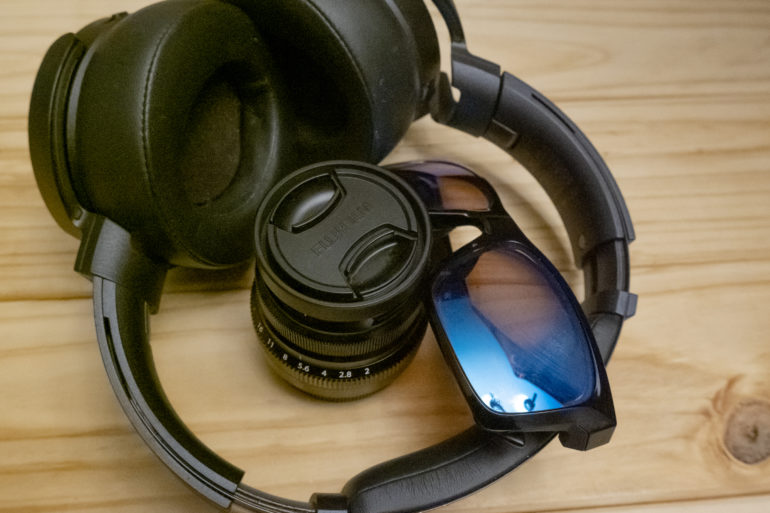
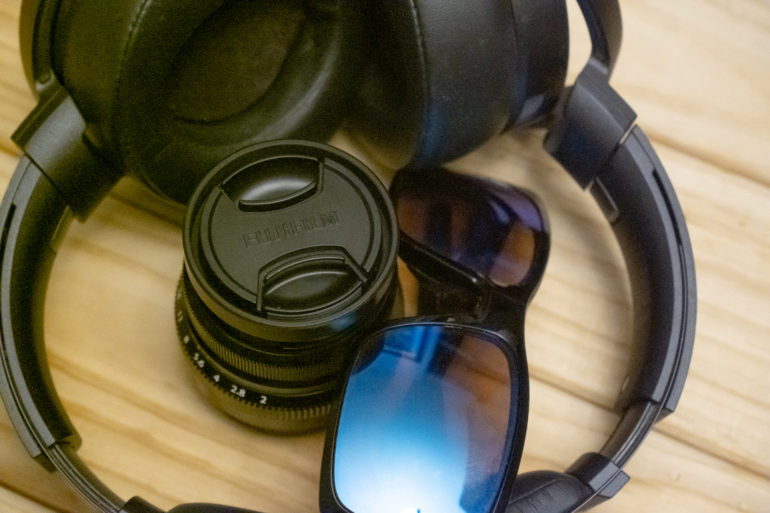
The images are some of the cleanest I have seen from a sub-$1,000 camera. Heck, it even beats a lot of cameras that cost a lot more. I’m not sure what magic pixie dust Fujifilm used on this camera, but it has done wonders with noise control.
Extra Image Samples
Below you will find a number of images that are unedited RAW files, edited RAW files, and straight out of camera JPEGS. All have been marked accordingly.
















Conclusions
Likes
- Excellent image quality
- The fantastic, fully articulating LCD touchscreen
- JPEGS so good you can just grab, go, shoot, and enjoy
- The design is great. Several people asked if I was shooting film because of the retro styling
Dislikes
- 1/4000 max shutter speed
- Only one SD card slot and it’s UHS-1
- The amount of time it takes to clear the buffer
The Fujifilm X-T200 has surprised me. The original X-T100 was certainly not a product from Fujifilm’s finest hour, so I went into this review not expecting much. But wow, Fujifilm has delivered. The X-T200 would be a fantastic camera to step up to from a smartphone, or for anyone who just wants to be able to grab a fun camera to go out and shoot JPEGS with. There are a few performance issues here and there, but for the type of photographer this camera is aimed at, it’s great.
The Fujifilm X-T200 is an excellent entry-level camera that competes very well against the likes of the Sony a6100 and the Olympus E-PL10. If you want blazing fast autofocus, grab the Sony 6100, if you want a tiny camera with IBIS and fun features, look at the Olympus E-PL10, and if you want a camera that will give you some beautiful (truly beautiful) JPEGS and a smartphone-like touchscreen, the Fujifilm X-T200 is for you.

The Fujifilm X-T200 scores four out of five stars. At $599 for the body only and $799.95 for the kit with the XC15-45mm lens, the Fujifilm X-T200 is a compelling camera. It has a great sensor, it produces great images, the touchscreen makes it fun to use, and it looks great. A few small (but not deal-breaking) performance issues aside, the X-T200 will make a great first camera for anyone.
Want to buy one? Head to Amazon to see the latest prices, or you can rent one from LensRentals.com for a week (or more) to see if you like it.


